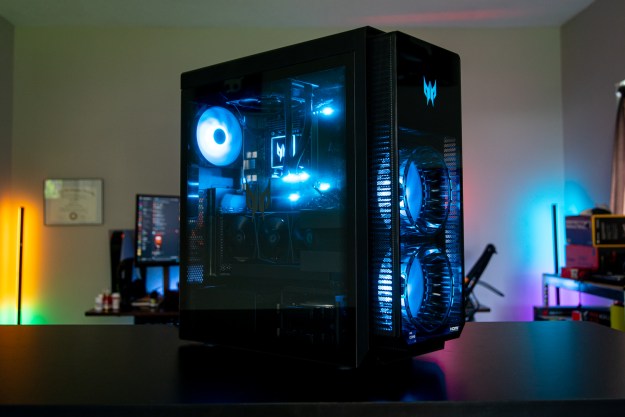
The next major Windows 10 update is known as Creators Update and it is expected to arrive in April. The latest bug Bash, held in February, was aimed at assessing what is thought to be a feature-complete version of the Creators Update that will make its way to production users — and Microsoft has provided a behind-the-scenes look into how Bug Bashes are organized and managed.
From a user’s perspective, Windows Insider Bug Bashes are fun events that provide users with quests to check out new features and functionality and to interact with various Microsoft engineers. Windows Insiders can earn badges for various Bug Bash achievements that they can show off to fellow participants and generally feel like they are directly participating in Windows 10’s development.

From a Microsoft engineer perspective, the Bug Bashes are intensely busy affairs that are rendered more successful with each new bug that is identified and each issue that is raised with how things are done in Windows 10. The last Bug Bash, for example, generated 115,100 feedback items, with participants completing approximately 108,000 quests. That provides Microsoft with a tremendous amount of feedback, as well as a great deal of work to do in implementing changes to meet the impending update deadline.
Microsoft staff spends a great deal of time creating the quests, focusing not only on specific features but also on certain days during a Bug Bash event and following the release of specific builds. The quests are created directly by engineers working on various Windows 10 features and are outside the control of the Bug Bash team. The Bug Bashes also help Microsoft develop internal tools to track feedback and make following up on the hundreds of thousands of feedback items more efficient.
As always, Microsoft wants your feedback on the February 2017 Windows 10 Bug Bash and you can provide your thoughts via the Feedback Hub app. The Microsoft blog post provides more details on what goes on inside of the company during its Windows Insider Bug Bashes and it is worth a read but the real proof of the pudding will come with the release of Creators Update in April.
Editors' Recommendations
- Windows 11 vs. Windows 10: finally time to upgrade?
- Microsoft plans to charge for Windows 10 updates in the future
- The best Windows 10 keyboard shortcuts
- ChatGPT can now generate working Windows 11 keys for free
- Lagging in games? This Windows 11 update might fix the problem


